From Bangladesh: Bearing Witness to My Country’s Genocide & Meeting the Survivors
TRANSCEND MEMBERS, 13 Nov 2017
Dr. Maung Zarni – TRANSCEND Media Service
My family and I, excluding my older daughter in college in USA, spent a week in Bangladesh visiting Rohingya survivors of Myanmar genocide.
11 Nov 2017 – We just got home in UK last night. This is my little reflection on what we witnessed. I came home with a long list of “To-Do’s”.
My wife Natalie and I work as a two-person team of researchers and writers. We use each other as a sounding board and we teach each other on the Rohingya. She is the one who initially helped me overcome my own anti-Muslim racism and my own ignorance about Rohingyas.
So naturally, I wanted Natalie and Nilah to bear witness to my country’s Buddhist genocide–note no quotations marks–of the most vulnerable segment of our society, the Rohingyas.
Here is my 8-year-old Nilah and Nat meeting with Rohingya children and moms.
I interviewed two dozen survivors, the majority of whom were mothers between the ages of 18 and 35. The youngest survivor I interviewed was a 10-year-old Rohingya boy who was shot in the leg.
The most sadistic tale I heard a survivor recount was this:
Her father was shot in the head in front of their house as he ran to the house where her daughter , 16, was tied up and gang-raped by a group of Burmese government troops, wearing red scarves (light infantry unit commandos, as far as I know).
The father’s head got blew open, and one soldier picked up bits of his brain and fed them to the chickens.
This IS an act of genocidal and sadistic killing, seen against the backdrop of what else has been done to the Rohingyas as a group by Myanmar over the last 40 years.
The Burmese society is brainwashed to hate the Rohingyas for no real reason: the Tatmadaw’s racist, pathetic generals have adopted the institutionalized threat perception – that they are a threat to national security and that their presence is a part of Bangladesh’s cold war of population transfer from Chittagong to N. Rakhine.
The Burmese military (Tatmadaw) have, accordingly, manufactured and propagated lies after lies over 40-years.
I know every other influential figure personally who has been involved in this genocide.
I view them as evil as the Nazis. They consider me a “national traitor” and “enemy of the state”.
I identify with the survivors of my country’s genocide despite our differences in ethnicity and faith background.
So, I said, “Sorry”, to this Rohingya brother who broke into tears at the site of a “good Burmese” at Kutupalong camp.
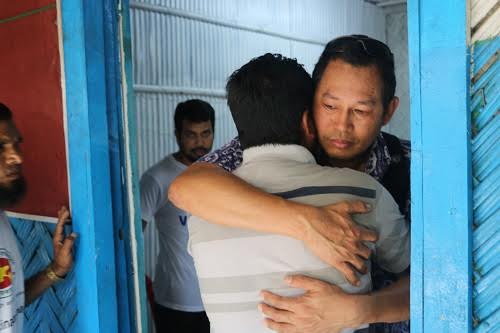 We held each other for about 5 minutes. No conversation as he did not speak Burmese. But no conversation was needed either.
We held each other for about 5 minutes. No conversation as he did not speak Burmese. But no conversation was needed either.
Compassion and pain are universal.
A young Rohingya mother and widow (18) recounted to me how she was gang-raped by Myanmar soldiers. They handcuffed her with a small rope, and she tried to untie the rope with her teeth, and they put her hands on the table and chopped off a finger, with the hand still tied, for resisting the rape!
This Rohingya gentleman (photo below) has something dignified about him. He is 67 years old, from Maungdaw, and was a Class Cell leader at a township level in the Ruling Burma Socialist Party during General Ne Win’s early days when Rohingyas continued to be recognized as an ethnic community of Burma with full citizenship rights.
This grandfather Rohingya man (76) was a former teacher and agricultural technician who heard Prime Minister U Nu speak in his hometown of Maungdaw in the 1950’s when Rohingyas were full citizens and carried an original National Registration Card first issued in mid-1950’s (the first of its kind in the history of ID in Burma’s recorded history).
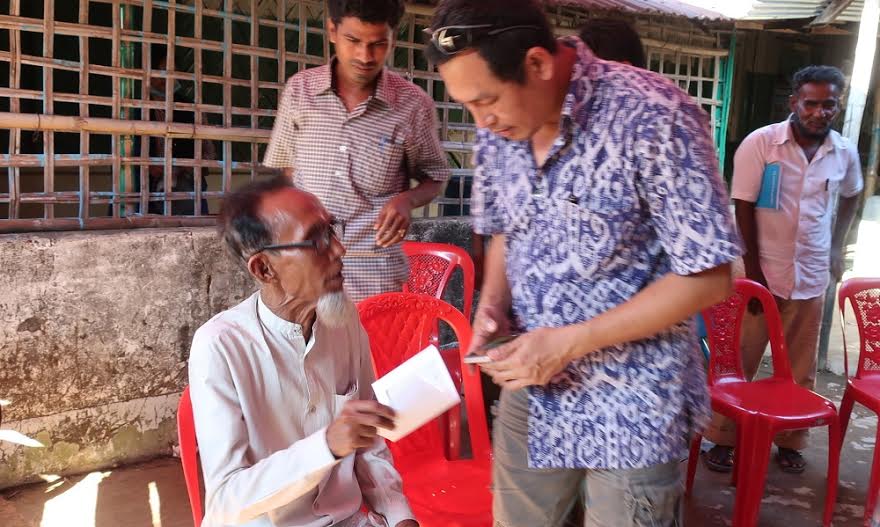
He spoke about his life-long desire to return to Burma, his birthplace, although he has been in the Registered Refugee camp at Kutupalong in the last 20 years.
He showed me his family IDs and pictures of the mosque he said his well-to-do family built in Maungdaw in 1895.
The typically repeated media and official narrative that Rohingyas were not citizens or an ethnic group of Burma is a verifiable lie on which rests the genocidal policies.
The mosque this Rohingya gentleman’s foreparents built in 1895.
Finally, this is my Bangladeshi host (HFM Mr Ali) (photo below), who made it possible for our family to bear witness to the inter-generational impact of my own country’s genocide and hear firsthand the harrowing tales from Rohingya survivors.
They ARE survivors, not simply IDPs or refugees. They have survived the genocide across the borders in N. Rakhine State.
We are extremely grateful to the Honourable Foreign Minister and his MOFA staff who enabled us to get the most out of our week-long visit to Dhaka and Cox’s Bazaar.
Based on what we have learned on this trip I will soon be hitting the speaking trail in UK, USA, Canada, the Netherlands, Switzerland and Bangladesh the rest of this year and early January. Nat will continue to write critical pieces that challenge conventional but flawed ideas about the survivors ‘return/repatriation’ ‘statelessness’ and all those policy non-senses.
Meanwhile 1 million Rohingya survivors wait anxiously – and in inhuman conditions – what the mythical international community will do to help secure a normal human future.
This little Rohingya survivor girl waited for her family’s turn for food ration at Kutupalong registered camp under the scorching sun, taking advantage of the little shade from the two standing men’s longis.
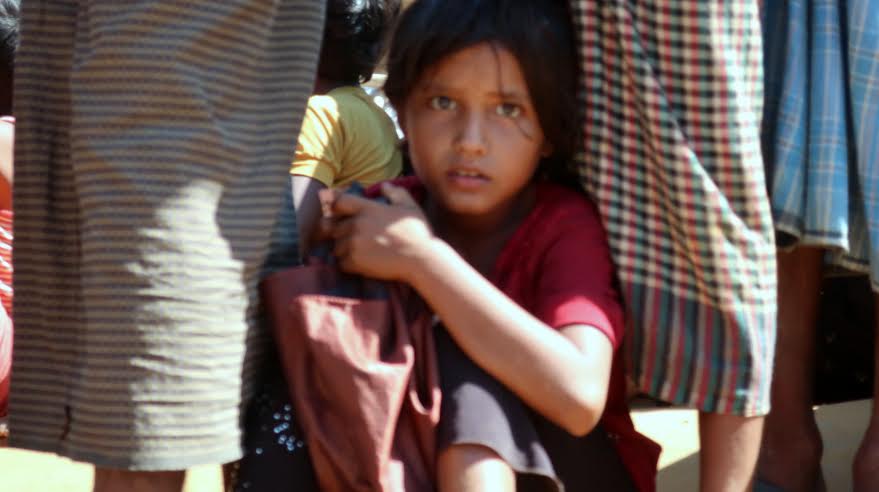
As a father, I ask myself, naturally, what I would do or how I would feel if my 8-year-old were in this Rohingya girl’s shoes, and so should every decent human.
_________________________________________
A Buddhist humanist from Burma, Maung Zarni is a member of the TRANSCEND Network for Peace, Development and Environment, former Visiting Lecturer with Harvard Medical School, specializing in racism and violence in Burma and Sri Lanka, and Non-resident Scholar in Genocide Studies with Documentation Center – Cambodia. His analyses have appeared in leading newspapers including the New York Times, The Guardian and the Times. Among his academic publications on Rohingya genocide are The Slow-Burning Genocide of Myanmar’s Rohingyas (Pacific Rim Law and Policy Journal), An Evolution of Rohingya Persecution in Myanmar: From Strategic Embrace to Genocide, (Middle East Institute, American University), and Myanmar’s State-directed Persecution of Rohingyas and Other Muslims (Brown World Affairs Journal, forthcoming). He holds a PhD (U Wisconsin at Madison) and a MA (U California), and has held various teaching, research and visiting fellowships at the universities in Asia, Europe and USA including Oxford, LSE, UCL Institute of Education) , National-Louis, Malaya, and Brunei. He is the recipient of the “Cultivation of Harmony” award from the Parliament of the World’s Religions (2015).
This article originally appeared on Transcend Media Service (TMS) on 13 Nov 2017.
Anticopyright: Editorials and articles originated on TMS may be freely reprinted, disseminated, translated and used as background material, provided an acknowledgement and link to the source, TMS: From Bangladesh: Bearing Witness to My Country’s Genocide & Meeting the Survivors, is included. Thank you.
If you enjoyed this article, please donate to TMS to join the growing list of TMS Supporters.

This work is licensed under a CC BY-NC 4.0 License.
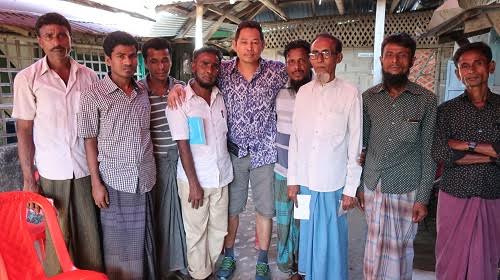
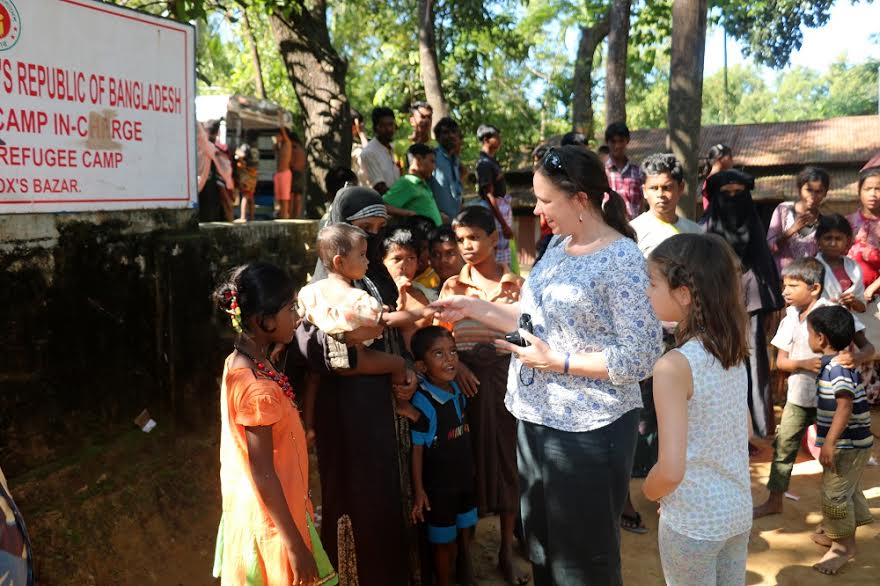
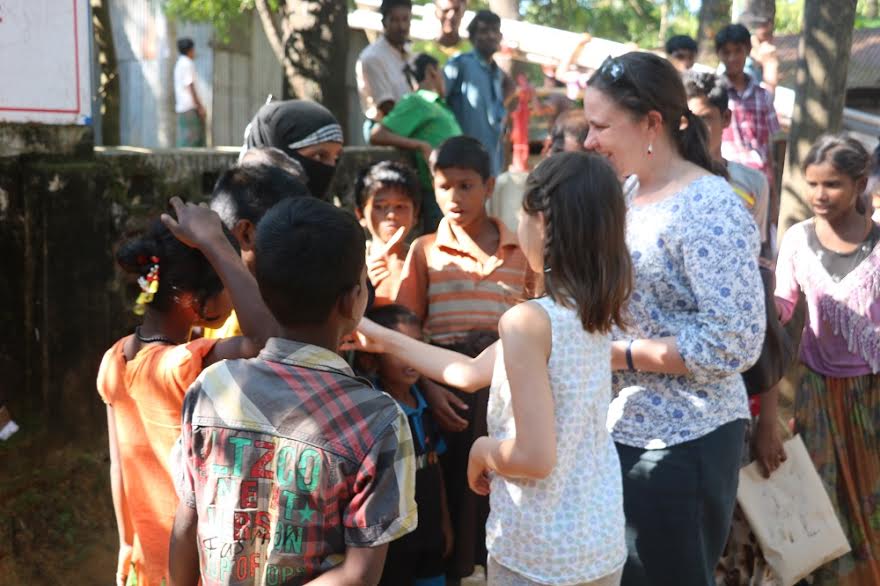
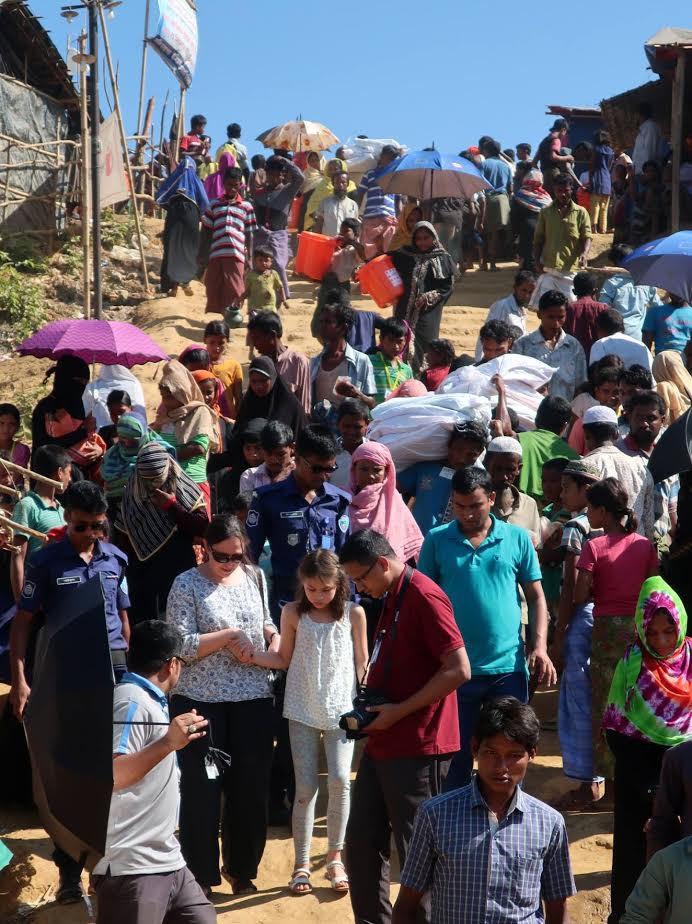
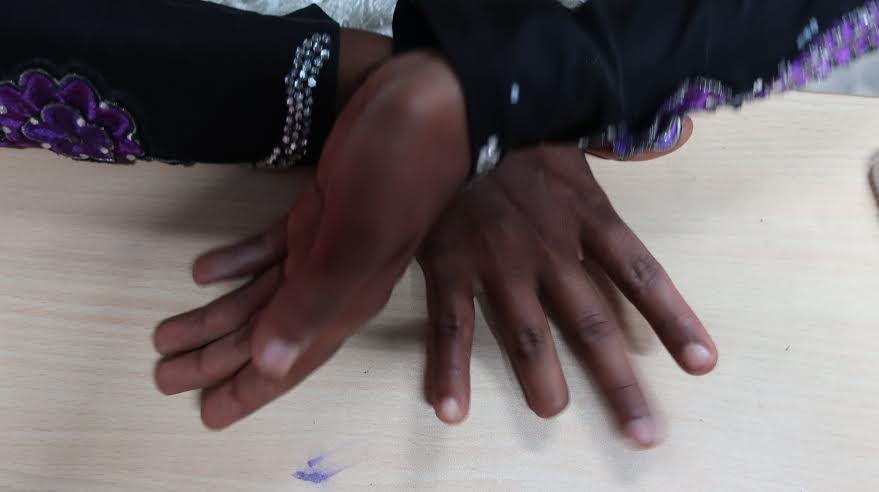
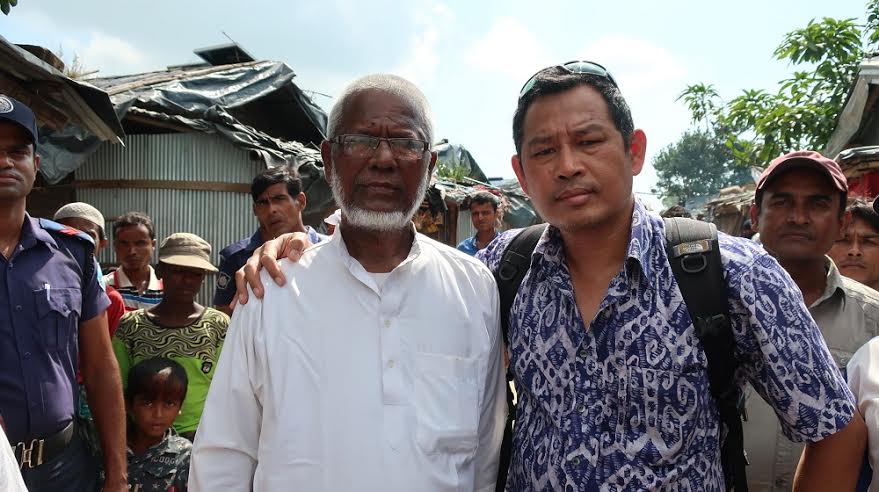
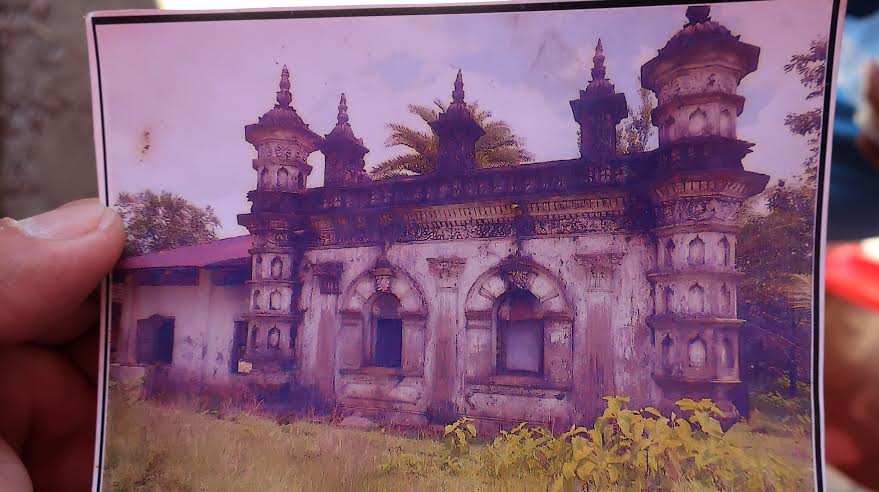
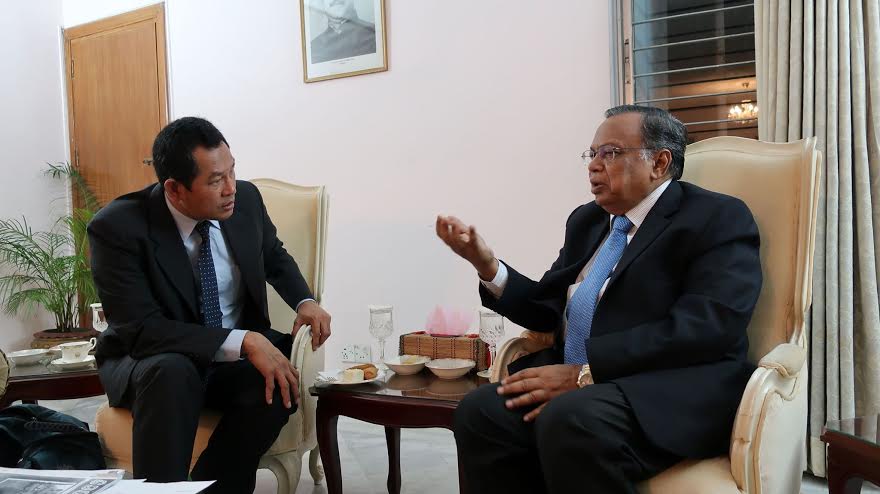
Thanks you for this honest and heartfelt article.